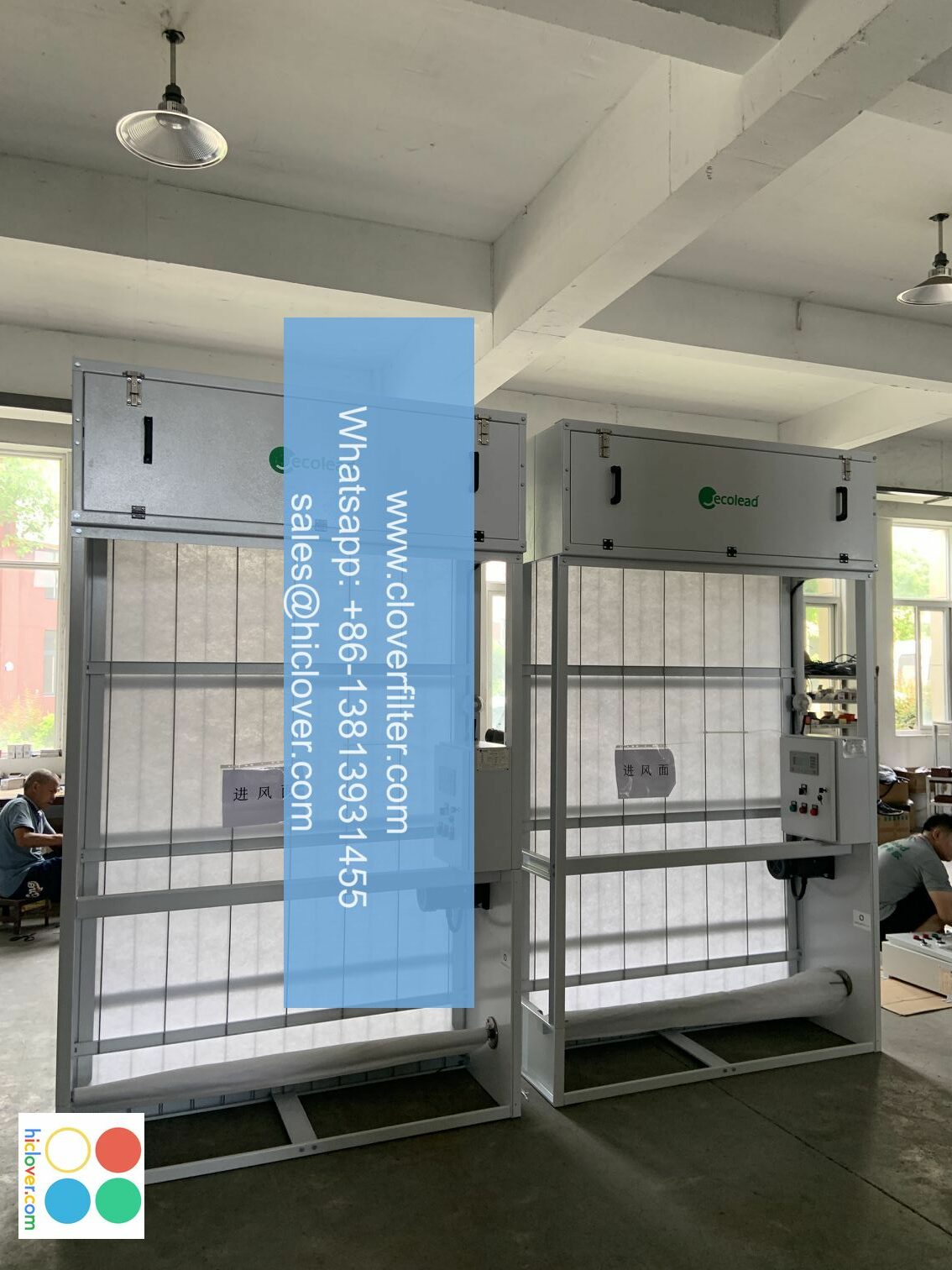The Evolution of Industrial Air Filtration: A History of Innovation

The Evolution of Industrial Air Filtration: A History of Innovation
Introduction
Industrial air filtration has undergone significant transformations over the years, driven by advances in technology, increasing environmental concerns, and the growing need for improved air quality in various industries. From humble beginnings to sophisticated solutions, the evolution of industrial air filtration has been marked by innovative breakthroughs, new materials, and expanded applications.
Early Days: From Cotton to Metal
The earliest air filtration systems date back to the late 19th century, when cotton was used to filter air in textile mills. As industries grew, so did the need for more effective and efficient filtration systems. In the early 20th century, metal mesh and gauze filters became popular, offering better performance and durability. These early filters were used primarily in textiles, food processing, and pharmaceuticals.
Post-War Advancements
Following World War II, advances in materials science and manufacturing enabled the development of new filter materials, such as fiberglass, polypropylene, and polyester. These synthetic materials offered improved performance, durability, and resistance to chemicals and temperature fluctuations. This period also saw the introduction of pleated filters, which increased surface area and filtration efficiency.
The 1980s: HEPA and UHF Filters
The 1980s witnessed significant breakthroughs in air filtration technology. The introduction of High Efficiency Particulate Air (HEPA) filters revolutionized industrial air filtration, enabling the capture of 99.97% of particles as small as 0.3 microns. Ultra High Efficiency Filters (UHF) followed, offering even higher filtration efficiency and tighter tolerances.
Modern Era: Advanced Materials and Designs
Today, industrial air filtration systems utilize a wide range of advanced materials, including:
- Carbon-based filters: Effective in capturing gases, vapors, and odors.
- Membrane filters: Utilizing microfiltration and ultrafiltration technologies.
- Electrostatic filters: Using electrostatic charges to attract and capture particles.
- Nanofiber filters: Offering high-efficiency filtration at lower pressure drops.
Key Application Areas
Industrial air filtration has numerous applications across various industries, including:
- Power generation: Protecting equipment and reducing emissions.
- Chemical processing: Capturing toxic gases and particulate matter.
- Food and beverage: Ensuring food safety and product quality.
- Pharmaceuticals: Maintaining sterile environments and complying with regulations.
- Healthcare: Improving indoor air quality and patient safety.
Conclusion
The evolution of industrial air filtration has been marked by significant innovations, driven by the need for improved air quality and environmental sustainability. From humble beginnings to sophisticated solutions, industrial air filtration has become a critical component of various industries, ensuring equipment protection, product quality, and human health. As technology continues to advance, we can expect even more effective and efficient air filtration solutions in the future.
I’m here to help! What would you like to talk about or ask?


